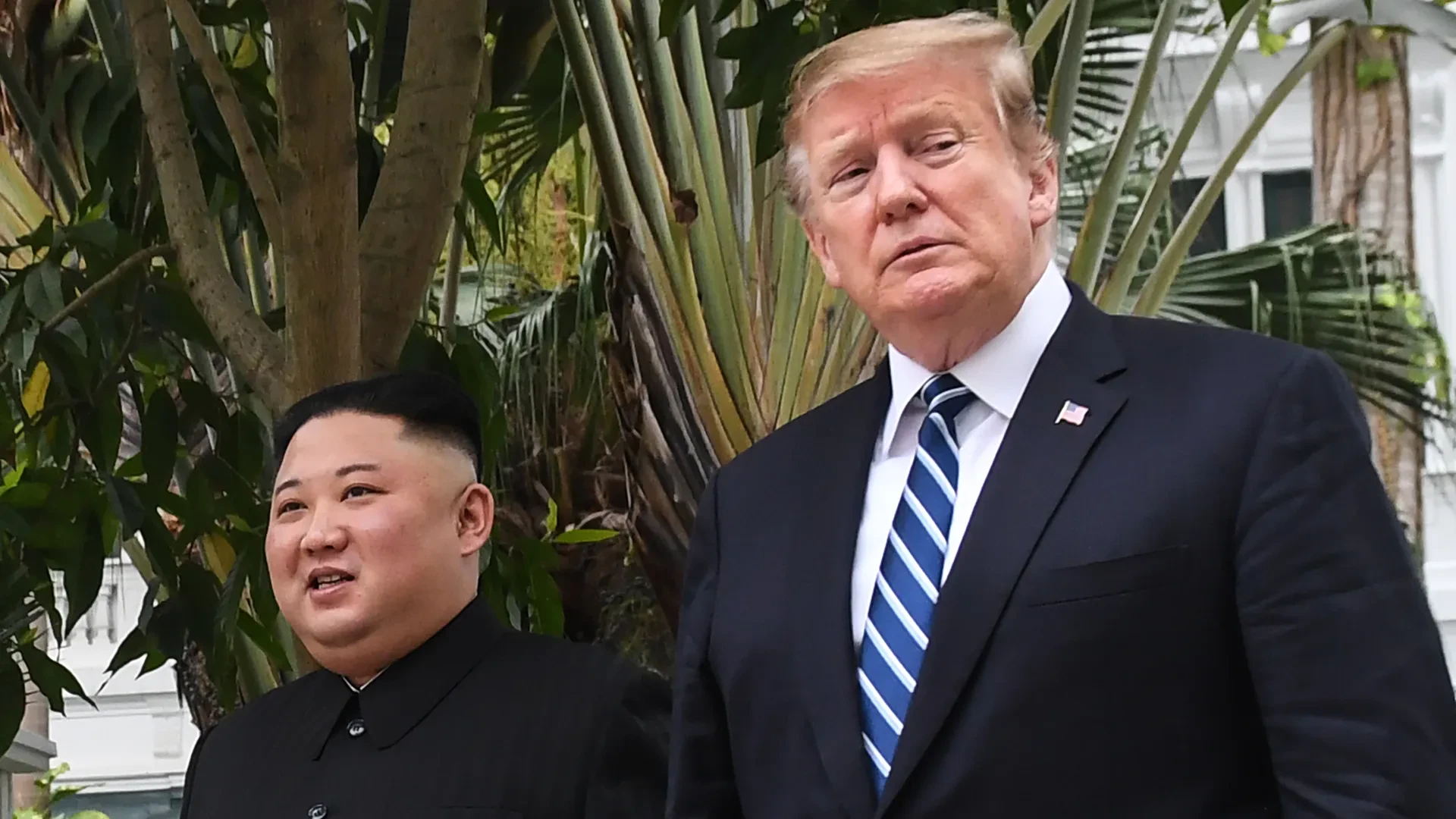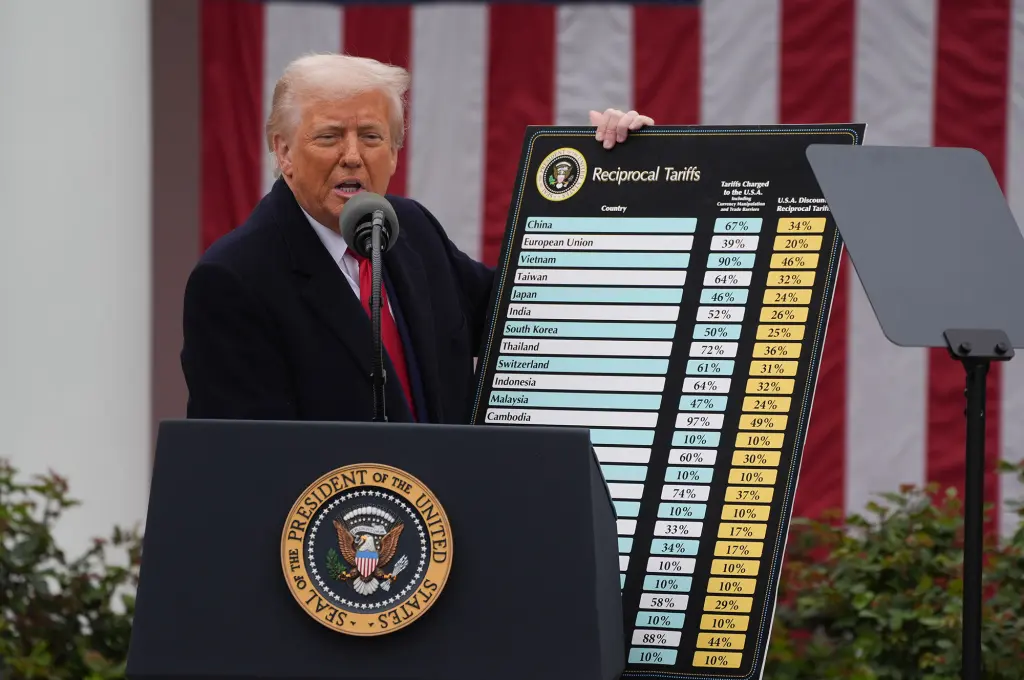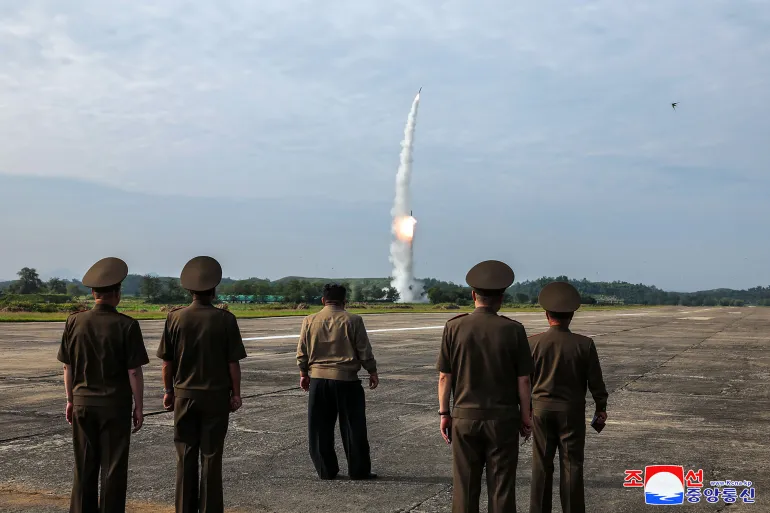The economic rivalry between the United States and China is seeing a crucial shift as the production of one of the most important products on earth continues to move toward the US. The CHIPS Act, passed in 2022, has been one of the most important pieces of legislation in this decade and has started trends that will continue to be highly impactful for decades to come. Let's look at what the act has done in the 2 years since its introduction.
The CHIPS Act
The CHIPS and Science Act of 2022 is an industrial strategy implemented by the Biden administration to help revitalize domestic manufacturing, strengthen supply chains, and accelerate Science, Technology, Engineering, and Mathematics (STEM) professions nationwide. Signed in August of 2022, the CHIPS Act allocates $52.7 billion over a 5-year span to boost semiconductor production, development, and investment.
The main objective of the CHIPS Act is to boost American research, development, and production of semiconductors. While the CHIPS Act may initially appear to oppose China in the ongoing semiconductor race, it can potentially foster a mutually beneficial relationship between the United States and China. Increasing American semiconductor manufacturing may alleviate the pressure to keep Taiwan economically independent and concurrently reduce tensions in the South China Sea.
In response to the United States' concerted efforts to bolster its domestic semiconductor production, there has been a notable reduction in its semiconductor exports to China. This shift in export patterns is well documented and has driven China to take proactive steps to initiate the production of these highly technical chips. When each country manufactures its semiconductors, it reduces the dependence on foreign suppliers for critical components in various technologies, including those used in sensitive areas such as national defense and telecommunications.
This reduction in reliance on external sources can help mitigate the security concerns associated with potential vulnerabilities, including malware and spyware, which could be introduced through the supply chain. By producing their semiconductors, countries can exercise greater control over the security of these critical components, minimizing the risk of compromise or espionage. This, in turn, fosters an environment of cooperation and trust between nations as they work together to strengthen their domestic semiconductor capabilities while safeguarding their national interests.
Finally, the act aims to help support the global supply chain and mitigate disruptions by having a diverse manufacturing portfolio and eliminating reliance on a singular chokepoint.
Economic Impact
The act's effect on the semiconductor industry is undisputed. In the 2 years since its implementation, companies have announced over $395 billion in domestic semiconductor investment, creating an estimated 115,000 jobs. Although some of this development could have happened without the CHIPS Act, reports have shown that the act had a significant impact.
For example, a report from the Boston Consulting Group and the Semiconductor Industry Association predicted that with the CHIPS Act, the US will receive 28% of global semiconductor investment by 2032. Without the CHIPS Act, this figure is estimated at 9%. Additionally, a Data for Progress study predicted that the act will create or preserve approx. 500,000 jobs, adding over $60 billion to GDP.
The act also led to the opening of multiple large-scale chip factories in the US, particularly in Arizona. On October 23rd, the Taiwan Semiconductor Manufacturing Company (TSMC) announced that its Arizona plant produced 4% more usable chips than its Taiwanese equivalent. This undoubtedly marks a turning point in the semiconductor industry; for decades, global chip production has relied heavily on chips produced in Taiwan, creating massive uncertainty regarding supply chain stability due to rising China-Taiwan tensions.
Geopolitical Impact
The CHIPS Act is as geopolitical as it is economic. While domestic production is practically always strategically beneficial regardless of the product, semiconductors have unique strategic significance; they are a necessary component in countless products that are relied on by most. Cell phones, computers, alarm systems, (new) cars, and even high-level military and security equipment simply cannot exist without a computer chip. This means that reliance on foreign semiconductors is necessarily a national security concern. As chip manufacturing moves toward the US, this concern is alleviated for the US and is passed onto other countries, giving the US a form of economic hegemony.
The shifts created by the CHIPS Act also change the narrative regarding shortages. During the COVID-19 pandemic, a global semiconductor shortage crippled production everywhere, including in the United States. During this crisis, China sprung into action and ramped up domestic production of their "legacy chips," a less-advanced but more accessible version of the semiconductor. By doing this, they greatly increased their global market share and temporarily dominated the chip sector.
With chip production increasing in the US, this likely won't happen again if there is another shortage. There are two reasons for this. Firstly, the factories and machinery used for creating semiconductors could be adapted to manufacture different versions of the product, nullifying the domestic impact of shortages. This is exactly what China did. Secondly, direct access to chip production would give the US preferential access during global shortages, shifting the impact of shortages onto other countries like China.
While the CHIPS Act appears to be strategically effective for the US, there are growing concerns that American allies, specifically Taiwan, may be hung out to dry. Remember: the US does not officially recognize Taiwan as a country, despite the fact that (what's left of) Taiwan's independence from China completely relies on defense commitments from the US. The problem lies in the fact that the US' defense commitment to Taiwan has largely been based on American (and global) reliance on Taiwanese chips and their opposition to the potential for China to seize chip manufacturing by taking over Taiwan. With this concern rapidly dissipating, the US may see no reason to continue defending Taiwan.
Importantly, this is nothing more than speculation. Just last week, the US and Taiwan finalized a $2 billion arms deal that includes Taiwan's first-ever batch of advanced surface-to-air missiles and cutting-edge radar systems. In response to this deal, China called out the US for crossing a "red line" and promised severe consequences, although unspecified.
Ultimately, the impacts of the CHIPS Act on domestic and global economics, as well as geopolitical dynamics, will continue as funding continues to be allocated over the next 3 years. While China will undoubtedly take measures to counter the westward shift of semiconductor manufacturing, their success cannot yet be predicted. When it comes to one of the most important products in the global supply chain, the US is gaining significant ground.
















Discussion